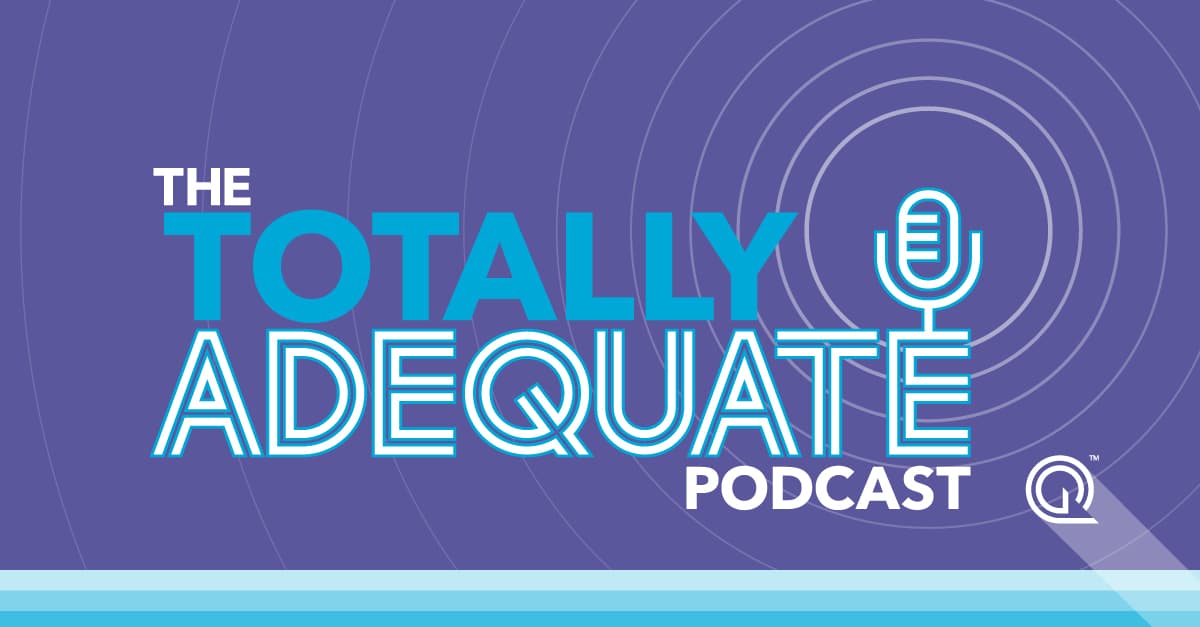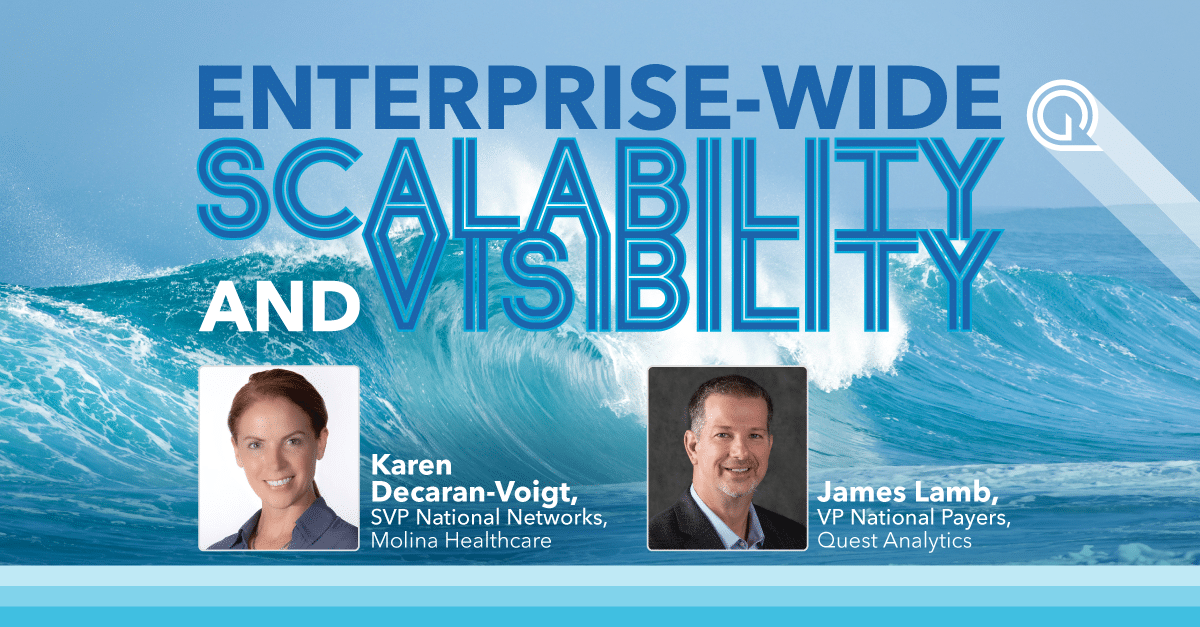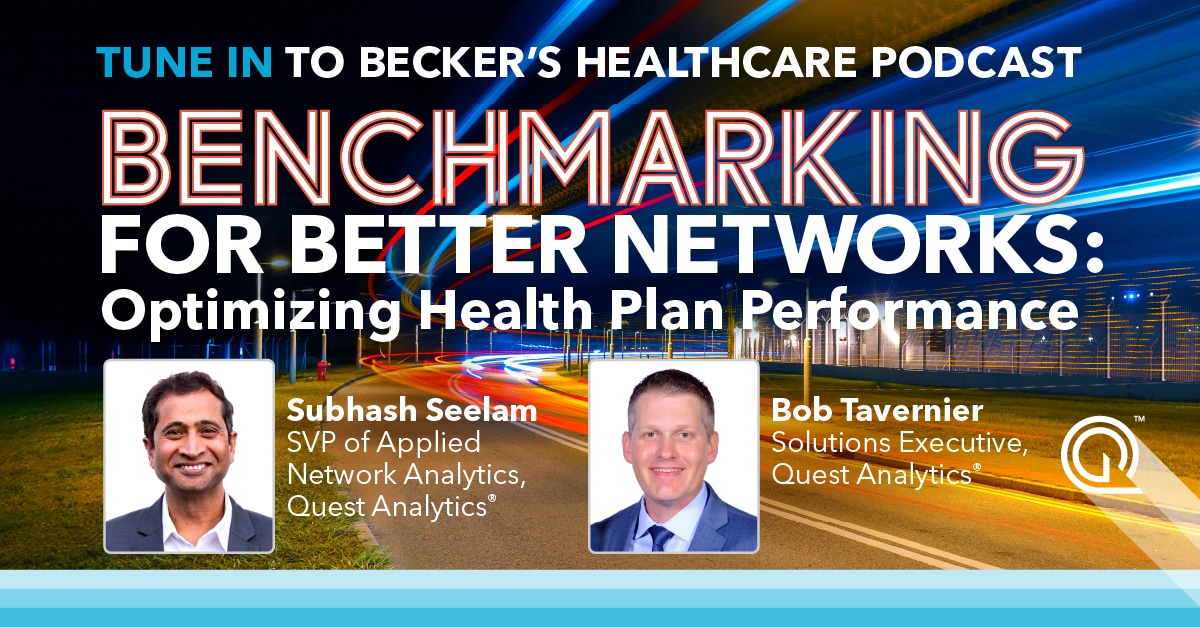In September, the Department of Health & Human Services (HHS) capped off the back-and-forth debate concerning the Affordable Care Act by publishing its third final rule, “Patient Protection and Affordable Care Act; Updating Payment Parameters, Section 1332 Waiver Implementing Regulations, and Improving Health Insurance Markets for 2022 and Beyond.”
Many of the changes announced in the rule will have an impact on health plan operations in 2023 and beyond. However, the changes to the Open Enrollment period will be felt immediately—at least by some plans.
Here’s what’s changing and which issuers will be impacted.
30 MORE SHOPPING DAYS
Since 2018, the annual Open Enrollment period for all individual market Exchanges has been 45 days, from November 1st to December 15th. The new rule extends the period by 30 days, to January 15, 2022.
We know many health plans don’t welcome this sudden change. During the comment period, some argued that the new end date would confuse consumers, who have grown accustomed to the logic of choosing next year’s plan before the current plan expires. They felt extending enrollment into the new year could mean a month’s lapse in coverage for some consumers. They cited other problems as well, including an increase in their marketing costs.
While HHS recognized the validity of those arguments, it ultimately decided they were outweighed by one overriding benefit: the January 15th date will allow consumers to make more informed choices, particularly those in auto-renewing plans who don’t learn of cost increases or tax-credit reductions until they receive their January bill.
We’re looking at a 75-day annual open enrollment period going forward—starting right now.
IT’S NOT FOR STATE-BASED EXCHANGES
The expanded enrollment period applies only to Federally-facilitated Exchanges (FFEs) and State-Based Exchanges on the Federal Platform (SBE-FPs). State-Based Exchanges (SBEs) that operate their own eligibility and enrollment platform are allowed to set their own open enrollment end date, provided it’s no earlier than December 15, 2021. While the majority of the 18 fully state-run exchanges have elected to implement January 15, 2022, as the deadline, there are a handful of states that have selected a different date. You’ll want to check with your state contacts to ensure you plan for the correct date.
Three States Permanently Extend Open Enrollment
- California: November 1 – January 31
- Colorado: November 1 – January 15
- District of Columbia: November 1 – January 31
The rule also codifies the accelerated effective dates some SBEs already offer, which means consumers won’t necessarily have to wait until the start of the next month for coverage to go into effect.
For more information, see the Center for Consumer Information and Oversight (CCIIO) Health Insurance Marketplace resources.
LOOKING FOR MORE INFORMATION ON CHANGES COMING TO THE EXCHANGES?
Definitions
State-based Marketplace (SBM): States running a State-based Marketplace are responsible for performing all Marketplace functions for the individual market. Consumers in these states apply for and enroll in coverage through marketplace websites established and maintained by the states.
State-based Marketplace-Federal Platform (SBM-FP): These states are considered to have a State-based Marketplace, and are responsible for performing all Marketplace functions for the individual market, except that the state will rely on the federal Healthcare.gov website for eligibility and enrollment functions. Consumers in these states apply for and enroll in coverage through Healthcare.gov.
Federally-facilitated Marketplace (FFM): In a Federally-facilitated Marketplace, HHS performs all Marketplace functions. Consumers in FFM states apply for and enroll in coverage through Healthcare.gov.









